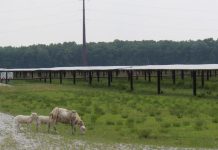2019 annual licenses now available
Annual fishing and hunting licenses are now available for purchase. 2018 annual fishing and hunting licenses expire on March 31. If you purchased your license online last year, just log into your account, confirm your information, and purchase your new licenses.
Helpful tip: Snap a photo of your signed license with your phone and keep your phone with you while you’re hunting or fishing.
Hunting seasons ending in March
March 1 – crow
March 15 – coyote, striped skunk
March 31 – game turtles, light geese
Trapping season for coyote, striped skunk, and beaver ends March 15.

Check out the new fish consumption advisory map
Eating recreationally caught fish from Indiana waters can be a healthy and tasty option when you have the proper information. Before you go fishing, check our interactive map to see if you can eat what you catch.
Here are a few tips to reduce your risk of accumulated contaminants:
-
If a waterbody is not listed in the advisory or if a fish species is not listed for a waterbody that was sampled, you should consult the statewide “Safe Eating Guidelines.”
- Eat smaller, less fatty fish like panfish (bluegill, perch and crappie).
- Remove fat near the skin of the fish before cooking, and broil, bake, or grill fish so the fat drips away.
- For more information, see chooseyourfish.org/fish.
|
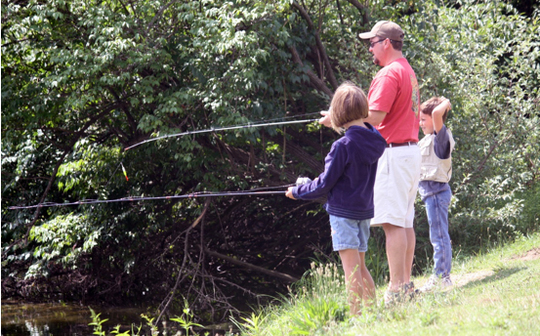
Go FishIN Crew Captain Workshops
Are you an educator or youth leader interested in bringing fishing into your classroom or community? Attend a free Crew Captain workshop and learn how. You’ll get access to equipment and materials to help.
Upcoming workshops:
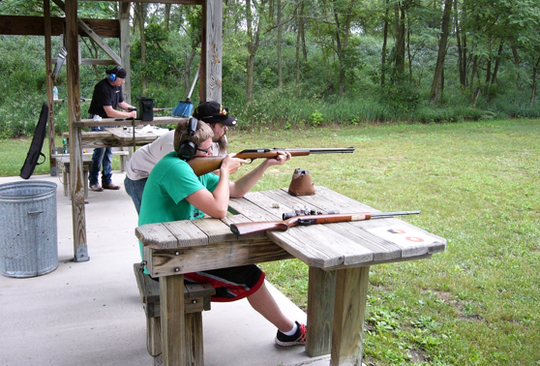
Shooting range hours have changed
The shooting ranges located at the following Fish & Wildlife properties have changed their operating hours:
-
Roush Lake FWA
-
Kingsbury FWA
-
Sugar Ridge FWA
-
Crosley FWA
Check out the new operating hours on our website.
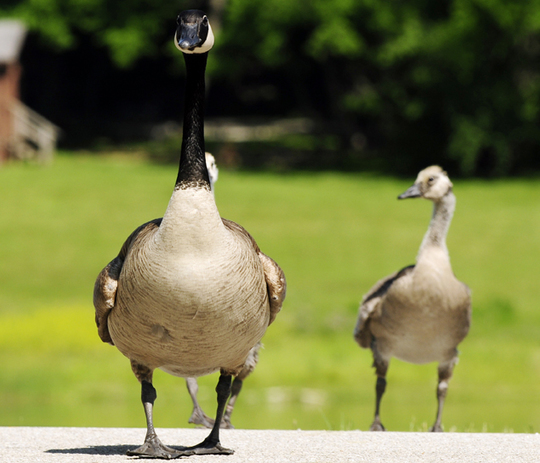
Canada goose nesting season begins
Geese are highly attracted to urban areas for nesting, making it likely that people and pets will have close encounters. Give nesting geese plenty of space to avoid aggressive reactions. Do not run away from birds. Instead, continue to face them while backing away slowly and quietly. Keep dogs leashed in unfenced areas and steer them clear of paired-up geese.
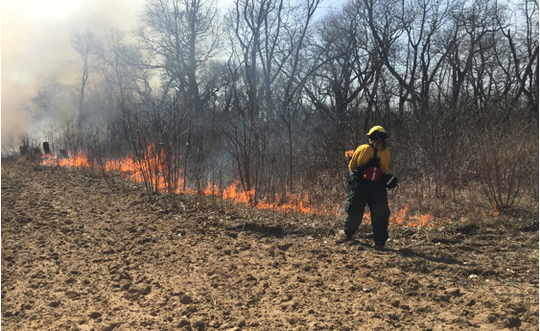
Smoke is in the air
Each spring, land managers across the state conduct prescribed burns. Fire is a valuable tool. It is used to shape the landscape by removing woody vegetation from our grasslands or help oak species compete in our forests. Many of our plant communities have developed from wildfires. Our land management mimics what would have naturally occurred if not suppressed.
Due to the long history of fire in Indiana, wildlife species have adapted to deal with fire. Many species like rabbits or mice will burrow underground or find safety under large woody debris where temperatures are much cooler. Species such as deer and turkey, which move much faster than the fire, simply leave the burn area. After a burn is done, many animals quickly return to the site to forage on newly exposed foods like seeds and acorns. Fresh green shoots of vegetation are quick to develop and also provide a quality food source.
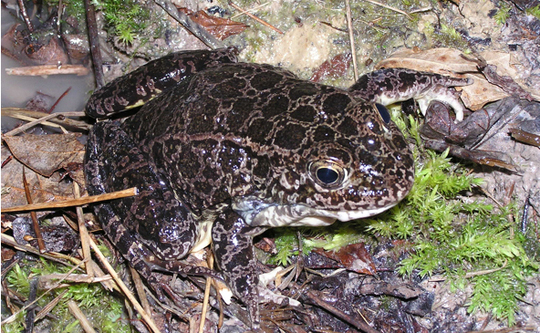
Crawfish Frog
Nongame Fund at Work: Amphibians
Spring is a busy time for Indiana’s amphibians as several species begin their annual migrations to breeding ponds.
In March and April, DNR herpetologists will conduct surveys for two state endangered frogs: crawfish frogs (Lithobates areolatus) and plains leopard frogs (Lithobates blairi). Both are open-prairie species that reach the eastern extent of their range in Indiana. Crawfish frogs (formerly called “Hoosier frogsâ€) are unique among Indiana’s amphibians in that they spend nearly their entire lives in and around crayfish burrows in open, grassy habitat.
DNR herpetologists will monitor a crawfish frog population in Greene County and search for plains leopard frogs in the northwest region of the state.
Surveys for endangered frogs are made possible by donations to the Nongame Wildlife Fund.
|
Congratulations to our 2019 award winners
Each year, the Indiana Division of Fish & Wildlife awards its top-performing employees for their contributions to conservation, mentoring, and teamwork. The 2019 winners this year were:
Josh Griffin – Fish & Wildlife Mentor Award
Josh serves as the Private Lands Program Manager, creating opportunities for private landowners to take part in wildlife conservation directly through habitat restoration and management. Josh played an integral role in developing programs such as the Indiana Community Hunting Access Program and Grasslands for Gamebirds and Songbirds Initiative.
Andrew Fairchild – Fish & Wildlife Conservation Cornerstone Award
Andrew is an irreplaceable member of the Roush Lake Fish & Wildlife Area team. He stepped up when positions were left vacant and helped train new employees. He aided management by being flexible, sometimes working the shooting range during holidays. Andy is the go-to guy for most issues on the property and is dedicated to serving the public.
The Walleye Crew – Director’s Team of the Year Award
Walleye broodstock collection is an annual event at Brookville Lake that supports the statewide walleye and saugeye stocking program. The team aims to collect 35 million walleye eggs, which normally takes at least 15 consecutive days with four crews.
The past year was brutal. Despite the rain and equipment issues, staff managed to take just under 38 million eggs in only eight days. Nearly five million eggs were stripped per day.
Olivia Vaught – Fish & Wildlife Conservation Champion
During her three years as the assistant deer biologist, Olivia has provided outstanding service to both the resource and the public. Her commitment is often seen not only in the long hours she works, but also in the tasks she undertakes and the level of responsibility they require. In 2018, Olivia helped establish CWD surveillance programs, took on a leadership role with the Conservation Appreciation event committee, and authored several sections of the new comprehensive deer report.
More
|
|
|













